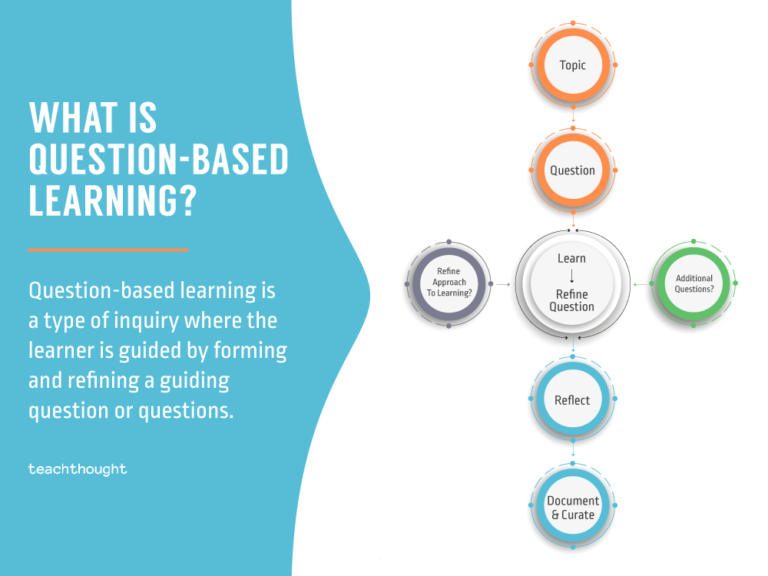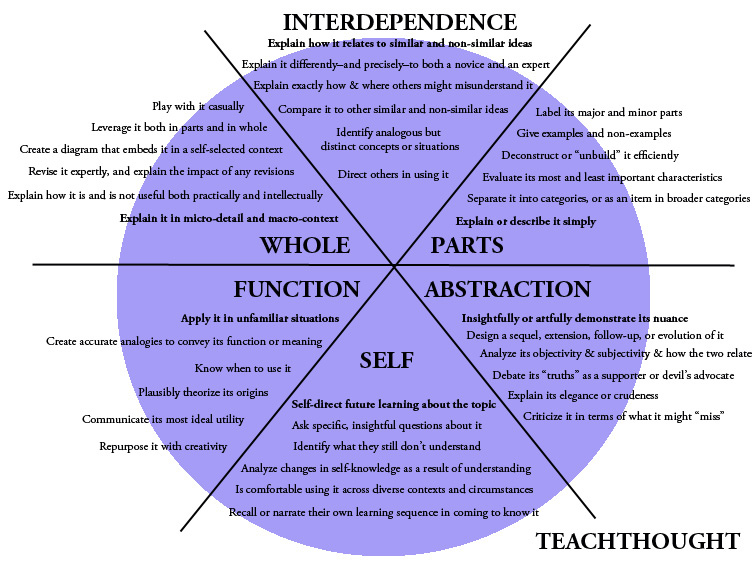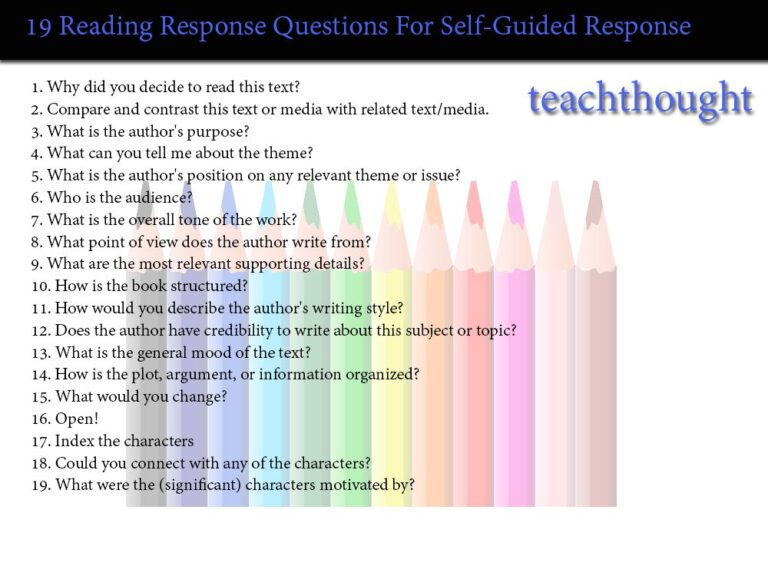



Question-based learning is a type of inquiry where the learner is guided by forming and refining a guiding question or questions.

Survival Mode: Building structures Building farms or making buildings for a past event. Or making/building a mine to show cognitive and structural abilities. Also it could represent historical appearances and abilities. Creative Mode: Be creative! Build anything! that’s why it is called creative! Directed Building: Look at Youtube videos or ask your friends and family….



Students needed to see what a ‘quality’ reading response looked like. Once these questions were demystified a bit, it was all downhill.